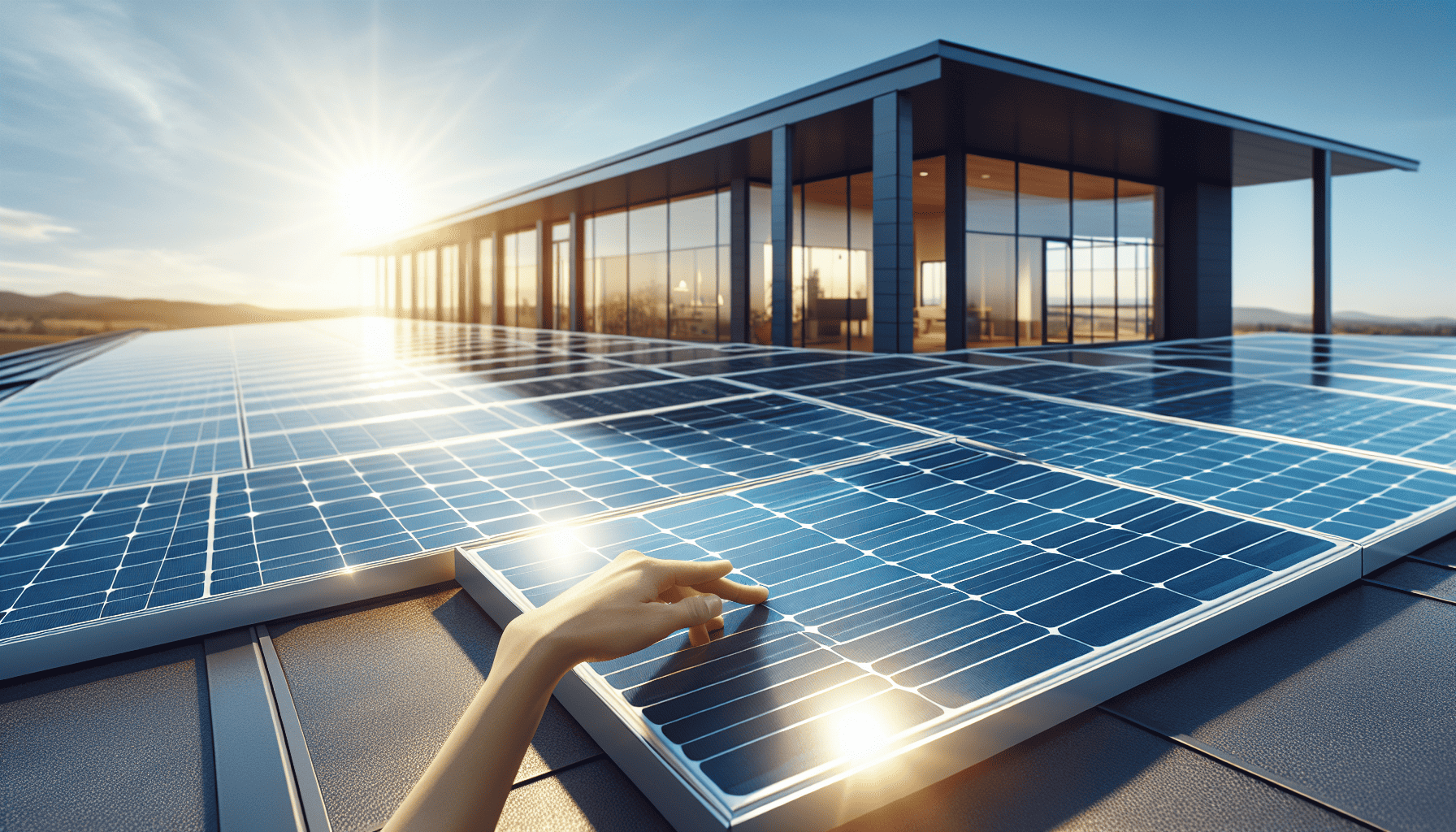Introduction
As the world continues its transition toward renewable energy sources, solar power has emerged as a pivotal player in the global shift toward sustainability. At the heart of this technological revolution is photovoltaic (PV) technology, which is constantly advancing to improve solar panel efficiency. This article explores the intricacies of solar panel efficiency and how cutting-edge innovations can lead to reduced energy costs.
Understanding Solar Panel Efficiency
Solar panel efficiency refers to the percentage of sunlight that a solar panel can convert into usable electricity. This efficiency is determined by several factors, including the type of solar cells used, the design of the panel, and environmental conditions. Typically, commercial solar panels have an efficiency range of 15% to 22%, but recent advancements suggest these figures could climb higher.
Innovations Boosting Efficiency
-
Perovskite Solar Cells: One of the most exciting developments in the field of solar technology is the emergence of perovskite solar cells. These materials are lauded for their high absorption rate and potential to achieve higher efficiency levels than traditional silicon cells. By stacking perovskite cells on top of silicon cells, researchers have created tandem solar panels that significantly boost overall efficiency.
-
Bifacial Panels: Bifacial solar panels collect sunlight from both sides of the panel, effectively capturing reflected sunlight from the ground. This innovation can increase energy output by 10-20%, depending on the reflective quality of the installation surface. Bifacial technology is particularly promising for installations in regions with abundant snowfall or near bodies of water where reflection is maximized.
-
Heterojunction Technology (HJT): By incorporating both amorphous and crystalline silicon layers, heterojunction technology enhances cell efficiency. This combination reduces electron losses and enhances the overall performance of the solar panel. HJT panels also boast lower degradation rates, ensuring long-term efficiency.
-
Advanced Tracking Systems: Solar tracking systems are designed to optimize panel alignment with the sun’s movement across the sky. Single-axis and dual-axis trackers adjust the orientation of the panels, maximizing energy capture throughout the day. These systems can boost energy production by 25-35% compared to fixed installations.
Reducing Energy Costs
Technological advancements in solar panel efficiency directly contribute to reduced energy costs. Higher efficiency means that fewer panels are required to generate the same amount of power, which can significantly lower installation costs. Additionally, improved efficiency increases the energy yield over the lifespan of a solar installation, further driving down the cost per kilowatt-hour of energy produced.
Moreover, as solar technology evolves, manufacturing processes become more streamlined, reducing the overall cost of producing high-efficiency panels. This trend, combined with government incentives and decreasing costs of battery storage, makes solar energy an increasingly economically viable option for both residential and commercial consumers.
Conclusion
The future of solar energy is bright, fueled by relentless innovation in photovoltaic technology. By harnessing the power of advanced materials, innovative designs, and smart systems, solar panels will continue to achieve higher efficiency rates. This not only propels the world toward a sustainable future but also offers a cost-effective solution for meeting our energy needs. As these technologies become mainstream, the potential for energy independence and reduced carbon footprints becomes a tangible reality for a growing number of people around the globe.
